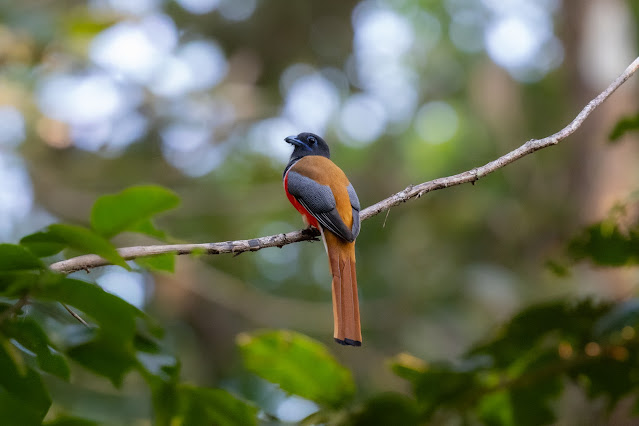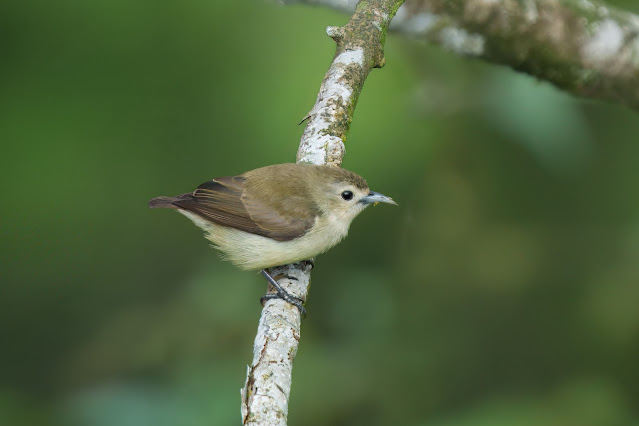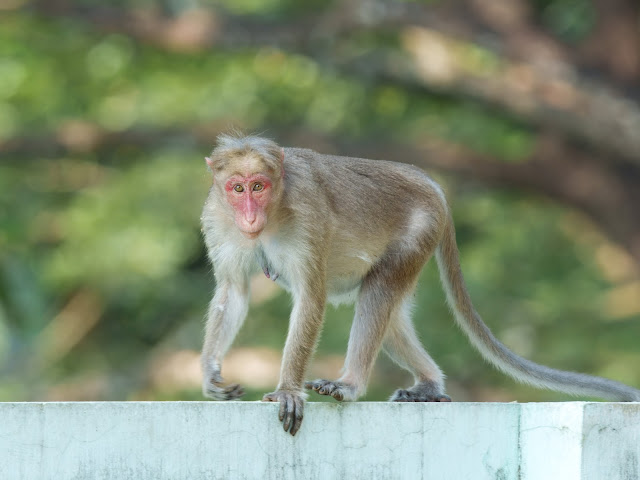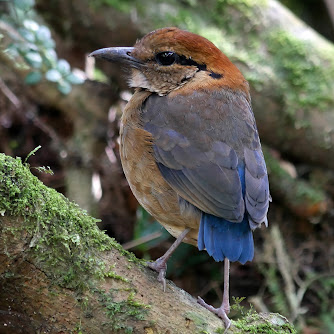
Malabar Trogon
I recently embarked on a journey to explore the diverse bird species in Thattekad and Munnar, both located in the southern state of Kerala in India. Thattekad is renowned for its rich biodiversity and is often referred to as the "Bird Paradise of India" due to its vast array of avian species. Munnar, on the other hand, is a picturesque hill station known for its stunning landscapes and a haven for birdwatching enthusiasts.

Nilgiri Flowerpecker

Crimson-backed Sunbird

Asian Tit (Cinereous)
During my trip to Thattekad and Munnar, I was able to witness some of the most beautiful and elusive bird species in their natural habitats, such as the Malabar Trogon, Malabar Parakeet, Malabar Woodshrike, Malabar Whistling Thrush, Malabar Starling, Crimson-backed Sunbird, Jungle Owlet, Mottled Wood-Owl, Jerdon's Nightjar, Nilgiri Wood Pigeon, Nilgiri Flycatcher and many other species. The lush greenery and tranquil surroundings of these regions provided the perfect setting for observing and taking photographs of not just birds but other wildlife too (missed the elephants that was reported crossing the river).
Overall, my experience in Thattekad and Munnar was not only rewarding in terms of bird sightings, but also in terms of personal growth and appreciation for the natural world. I was able to connect with like-minded individuals who shared my passion for birdwatching and learned about the importance of conservation efforts in preserving the delicate ecosystems that these birds call home.
Red-whiskered Bulbul is one of the most common birds here.
Black-throated Munia
Brown-breasted Flycatcher
Indian Paradise-Flycatcher

Heart-spotted Woodpecker

Jungle Babbler

Malabar Starling

Orange-headed Thrush

Yellow-browed Bulbul

Black-rumped Flameback

Red Spurfowl

Golden-fronted Leafbird
Oriental Magpie Robin (Oriental) - Sri Lankan subspecies
Orange-headed Thrush (White-throated) is found in Central and South India. The face is distinctively different from the Orange-headed Thrush (Orange-headed) - citrina group, which we usually see during migration season in Peninsular Malaysia.
Little Spiderhunter (Arachnothera longirostra longirostra). This subspecies is different from A.l. cinireicollis found in Peninsular Malaysia
Every birding trip will allow some opportunities to observe other wildlife. This trip is no exception.
Three-striped Palm Squirrel
Nilgiri Tahr
Bonnet Macaque
Nilgiri Langur
This trip has inspired me to continue exploring new destinations and expanding my knowledge of avian species, while also advocating for the protection of these invaluable habitats. It does not only fulfilled my passion for nature but also ensure that I get a chance to explore more places while I am still going through my therapy phase.
---------------------------------------------------------------------------------
Food & Lodging
For food, it was all local food. Don't expect McDonald's or KFC while on a birding trip. Most of the time, we eat in the homestay where the local guide's wife will cook all those delicious meals. Everyday before we start birding, we will have tea and biscuits. For breakfast, we will have appam or Kerala Paratha (very similar to Roti Canai) with egg curry.
One of the highlight was having "teh tarik" at a street stall while on the way up to the hill station of Munnar.
For accommodation, we stayed in the homestay in Thattekad for 3 nights. Simple and comfortable.
---------------------------------------------------------------------------------
As I continue to immerse myself in the world of birds and nature, I am constantly inspired by the beauty and diversity of the natural world. I am grateful for the opportunity to share my work with others and to educate and inspire through my images. Your support and patience are truly appreciated as I strive to showcase the wonders of wildlife in the most authentic and impactful way possible. Together, we can raise awareness and appreciation for the importance of conservation and preservation of our planet's precious ecosystems. Thank you for joining me on this journey.
*UPDATE: After a series of consultations, the issue affecting my mobility has been identified. As a result, I will need to attend therapy. My travel plans must be tailored to minimize the amount of time spent walking, trekking on uneven terrain, and to avoid prolonged periods of standing or sitting.*
---------------------------------------------------------------------------------















































































